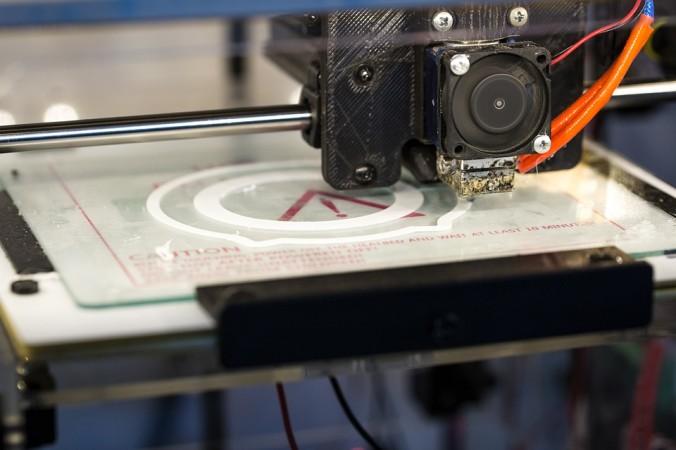
What if someone told you that you can print skin in future? Sounds impossible, right? But, we are almost there with 3D-printed 'living ink'.
Yes, a new research team at ETH Zurich led by professor André Studart has developed a "3D printing platform that works using living matter."
It's a bacteria-laden ink that allows researchers to produce "mini biochemical factories with certain properties, depending on which species of bacteria the scientists put in the ink." And, this could help in printing 3D personalised skin in the future.
This 'living ink' is called FLINK or functional living ink which comprises a hydrogel mixed with bacteria and nutrients needed to feed the bacteria.
Studart's group members Patrick Rühs and Manuel Schaffner used two bacteria -- Pseudomonas putida and Acetobacter xylinum in their work. The former can break down the toxic chemical phenol, which is produced in the chemical industry on a grand scale, while the latter one secretes high-purity nano-cellulose.
This bacterial cellulose can be really good for medicinal purposes as it relieves pain and retains moisture, therefore, can be helpful in the treatment of skin burns.
The consistency of the ink affects the bacteria's mobility. So, the consistency should be right, the stiffer the ink, the harder it is for them to move. The team noted: "The ink must be as viscous as toothpaste and have the consistency of Nivea hand cream."
"As bacteria require very little in the way of resources, we assume they can survive in printed structures for a very long time," says Rühs.
The ETH researchers' new printing platform offers numerous potential uses. But, the researchers say that it is still in its initial stages.
"Printing using bacteria-containing hydrogels has enormous potential, as there is such a wide range of useful bacteria out there.Most people only associate bacteria with diseases, but we actually couldn't survive without bacteria," Rühs added.
However, the new ink is completely safe and the bacteria used by the researchers are all harmless and beneficial.
The research was published in the journal Science Advances.

















